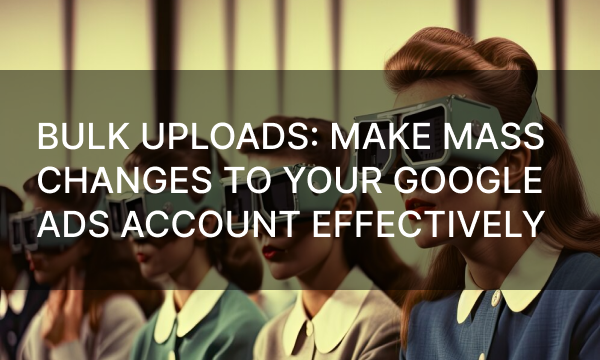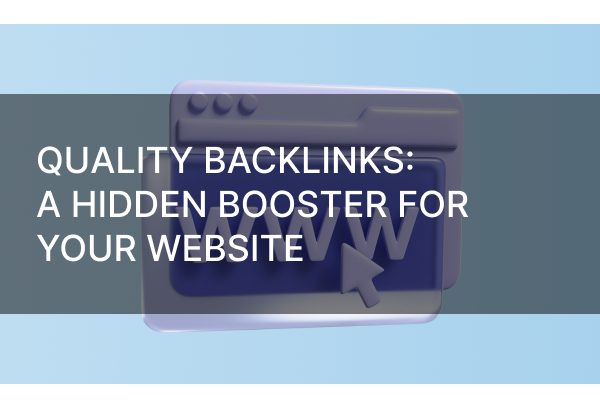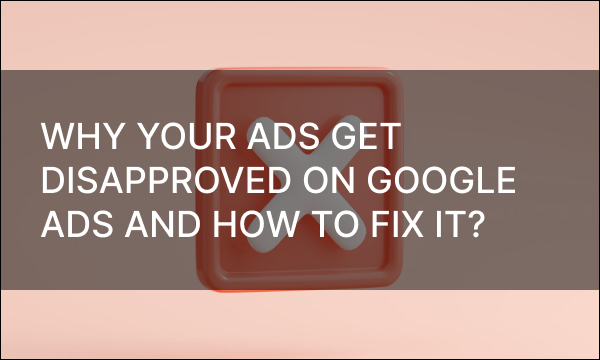According to statistics, more than 2 billion people shop online every year. You can attract some of these shoppers to your eCommerce business, but you need to do an excellent advertising job. There are many marketing tools for eCommerce businesses. Choosing the right one will not seem easy if you haven’t worked with it before. However, our article will help you understand it in detail and explore the best ways to advertise your online store or service.
What is the Purpose of Advertising an eCommerce Business?
eCommerce is a sphere of the economy where transactions between buyers and sellers are made online using different payment systems. It is a global goods and services industry, including online stores, marketplaces, online services, banking, and much more.
The competition in eCommerce grows every year as more and more goods and services become available for purchase online. This requires entrepreneurs and web admins to take a more comprehensive approach to marketing. However, there is a significant advantage: you can attract online customers from anywhere globally by applying the necessary targeting.
The most significant difference between offline and online businesses is that you won’t get customers in eCommerce until online users know about you. For example, an offline store has signage and geo-location that the nearest residents will gradually learn about. But that’s not true for an eCommerce business.
According to the eCommerce Guide, you can only attract customers by advertising on social networks and search engines, blogging, email marketing, SEO, contextual and targeting advertising, etc.
We have studied in detail the most effective types of advertising. Below you will learn about the five best ways to advertise your eCommerce business, no matter what product or service you offer.
Best Ways to Advertise Your Ecommerce Business
There are several of the most effective types of e-commerce business advertising that you should use to increase organic traffic and get customers. Below we will look at each type of advertising and describe recommendations for its use in different areas of online business.
Blogging
Since content marketing is getting more popular over the years, 71% of B2C brands have a content marketing strategy. Notice that most sites of reputable companies have a blog, which contains articles with user-friendly guides, tips, and instructions. It is relevant to any field of endeavor. You can publish various articles about your business on the blog, increasing credibility among your target audience. It would help if you integrated blogging and SEO tools to increase organic traffic from search engines in most cases.
If you have your website, then add a blogging section. Write quality articles and use guest posting techniques to increase conversions. On the blog, you can also tell users about new products from your business, their benefits, and their benefits to the customer. Many users look for product information online first. If you use this technique correctly, this will be your advantage in content advertising.
Follow some simple tips:
- Write unique text with high value and benefit to the reader;
- Describe the products and services you offer to customers;
- Use auxiliary advertising tools (SEO, guest posts with backlinks).
PPC ads
Contextual advertising (Pay-Per-Click) is one of the main organic traffic sources from search engines. You can spend several months on SEO before your site reaches the top search results. PPC ads allow you to get to the top search results for some keywords right after you launch your advertising campaign. You pay each time a user clicks on your link in a search engine in this advertising format. You customize the number of clicks you want and your budget, depending on the cost of a particular keyword or phrase.
eCommerce businesses often use PPC ads, allocating 10% of their advertising budget. As a result, it is your source of consistent traffic. Make sure your offer or product appeals to users. Otherwise, they won’t purchase products or services.
50+ PPC Automation Tools [The Most Comprehensive Compilation]
Email marketing
Email marketing implies communication with the target audience through mailings with various personalized offers, promotions, bonuses, and presentations of new company products. It is an effective advertising tool for eCommerce with a low cost.
Email newsletters have several primary functions, including:
- Increase the number of potential customers aware of the firm’s products and services.
- Inform regular customers about new products and services, reminding them about the brand.
- Increase sales quickly, attracting participation in competitions, promotions, and draws for prizes.
- Incentivize to repeat purchases and reorder services.
However, you will need a recipient base for your emails. Different offers, one-page sites, or CTAs for clients are often used to collect contact data.
SEO
SEO (Search Engine Optimization) is a technology for promoting a site in search engines to get traffic. The work is based on knowledge of algorithms for ranking resources in search engines and improving the site’s criteria. The primary purpose of this type of promotion is to bring the site to the top of search results for the required key phrases. It is one of the key tools to promote an eCommerce business.
Follow a few rules to get results in SEO:
- Take into account all the requirements of the current algorithms of Google and other search engines: site loading speed, presence of forbidden content, presence of backlinks, and so on.
- Use unique content on the site with relevant keyword phrases.
- Do not forget about the metadata.
Keep in mind that the SEO result you will notice not immediately but only after a few months or weeks.
SEO Vs. PPC: Making the Most of Your Integrated Marketing Strategy
Local marketing
Local marketing is any marketing activity designed to attract customers within a specific location or region. In this type of advertising, all marketing activities are aimed at the target audience that lives or works near the provision of services by your company. First of all, local marketing is relevant for offline businesses. However, you must apply several local marketing tools to promote your business more effectively in eCommerce.
- Add your company to Google Maps and Apple Maps.
- Spread the word about your business to those looking for services or products in a particular region.
- Bet on targeting ads based on the location of your target audience.
All of these will help you be at the top!
Conclusion
You can access many advertising tools and services to promote your eCommerce business. However, for higher KPIs, you need to use certain types of advertising correctly. Stick to the recommendations from our article to optimize your marketing plan and exclude probable mistakes:
- Don’t try to use all kinds of advertising at once without the necessary experience;
- Start small and test the KPI for each type of advertising;
- Document the disadvantages and advantages of advertising tools;
- Form a detailed marketing plan based on the results of the tests and proceed to full-fledged advertising.
We hope this will help you avoid mistakes in your eCommerce business’ advertising campaign!



